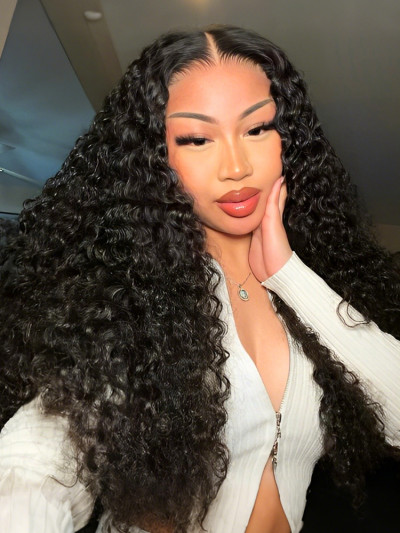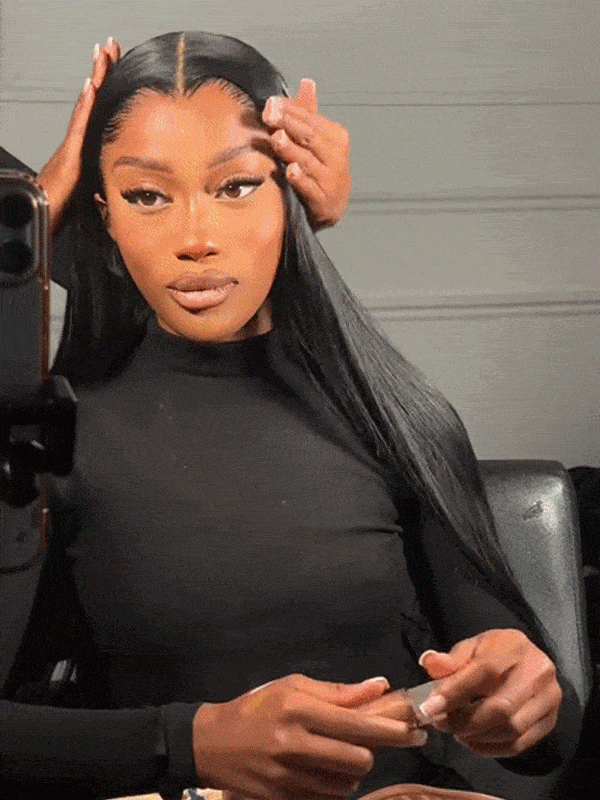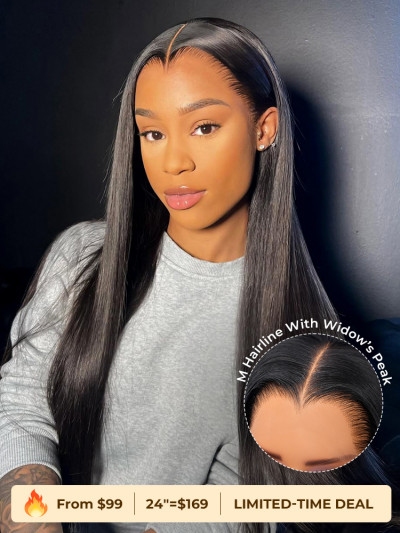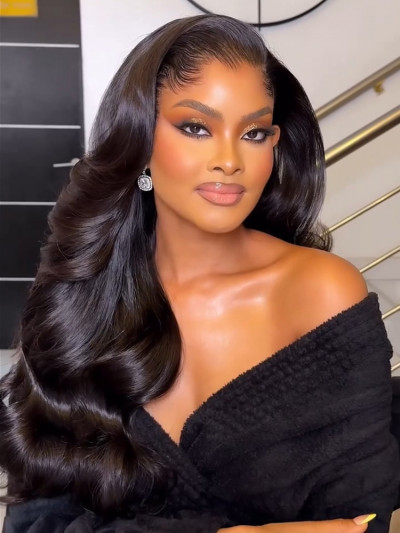African American Hair Trends: Culture, Trends, and Self Expression
African American hair trends continue to attract attention in the fashion industry. They are an extension of culture, identity, and social recognition. It is a way to embrace diverse beauty. From the traditional hairstyle inherited from the African continent to the trend symbol of global attention today, African Americans’ hairstyles have undergone constant changes and restructuring. They are shaped by mainstream aesthetic norms while also expressing racial awareness and cultural resistance. This article will explore the keyword 'African American hair trends'.
The Roots of History and Cultural Inheritance
Hair is a part of appearance on the African continent and a symbol as well. Throughout U.S. history, changes in African American hairstyles have been guided by aesthetics, yet deeply rooted in the country's racial history.
Traditional hairstyles, such as braids, cornrows, and twists, represent a person's tribe, status, age, and even marital status. These hairstyles have complex structures and exquisite techniques. They are important expressions of group identity and cultural belonging.
However, when Africans were forcibly taken to North America and became slaves, their traditional hairstyles were systematically suppressed. Under the slave system, the African American community was forced to shave their hair. They have lost their external cultural symbols and the ability to maintain tradition.
From this perspective, hair is more than a symbol of beauty. It is a carrier of cultural preservation. In the following centuries, African Americans continued to seek self-identity in their hairstyles.
From the popularization of straight hair tools to natural hair in the Black Pride Movement, hairstyles have become an important part of the struggle and reconstruction of cultural identity among the African American community.
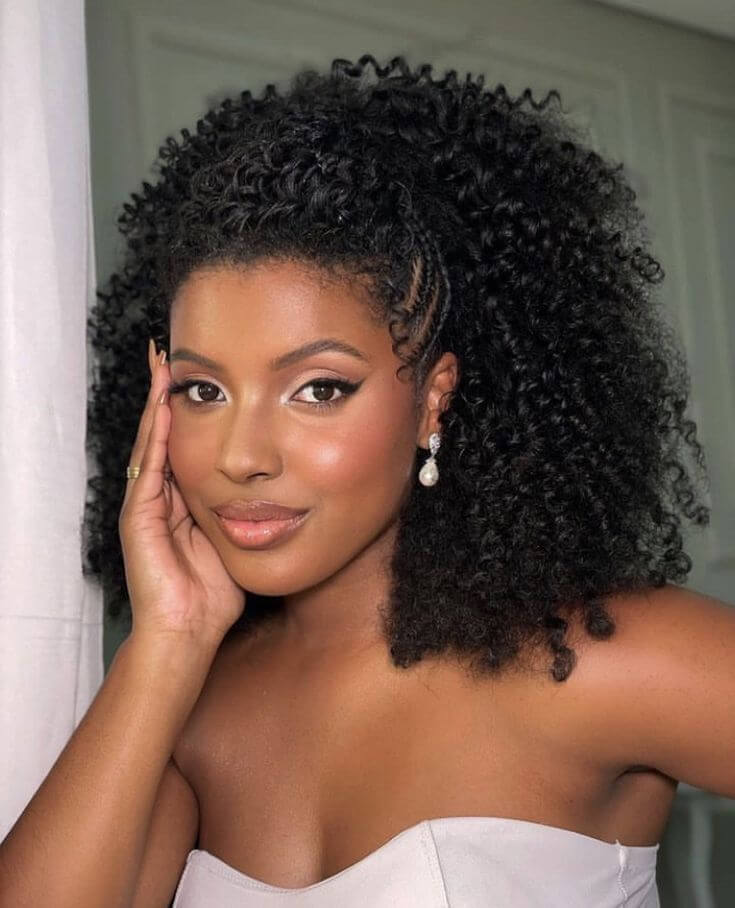 Main Trends
Main Trends
In the past few decades, African American hairstyles have undergone many changes and revivals. There are currently several popular trends.
Natural Hair refers to curly hair that is not treated with chemical straightening agents or permanent straightening tools. More African American women are choosing to maintain their natural hair texture. They refuse to impose the Western aesthetic standard, which is that straight hair is beautiful, on themselves. They return to their natural curly, coarse, and hard hair texture.
With the help of moisturizers, hair oils, and curling products, people can keep their 4C hair healthy and shiny. Instead of hiding their natural texture, they’re learning to embrace and celebrate it.
There are several common natural hair styles. Afro is a thick and fluffy spherical hairstyle. It is one of the most symbolic natural hairstyles. Twist-outs and Braid-outs are textured shapes formed by twisting ropes or braiding hair. They are natural but rich in variation. Wash and Go naturally shape after washing. It shows the beauty of the curly texture itself.
Protective styles of hair care, weaving, and extensions are common hairstyle choices in daily life and at festivals. These hairstyles have a strong sense of styling. They can protect the roots of hair while reducing daily pulling and preventing breakage. Many women consider aesthetics when choosing a hairstyle, and they also attach importance to scalp health.
Wigs and weaves are also extremely popular in African American communities because they can protect natural hair. They can conduct styling experiments without harming the natural hair texture as well. It enables people to quickly change styles. Short hair today, long curls tomorrow, completely unrestricted. It also incorporates popular elements. For example, fashion trends such as metallic colors, colored highlights, and water ripples can all be achieved through wigs.
Lace Front Wigs are very popular. Wigs are widely accepted and used in African American communities. Lace Front Wigs can achieve extremely natural hairlines. Many African American celebrities, such as Beyoncé and Nicki Minaj, wear wigs of various colors and lengths in public. That promotes the popularity of wigs as trendy carriers. The diversity of wigs also makes personalized expression easier.
Future Development Trends
With further acceptance and integration of multiculturalism, future African American hair trends will be freer, inclusive, and diverse.
More technological hair care products have emerged. 3D printed wigs, intelligent hair care devices, etc. They have brought new possibilities to African American hair trends.
The trend of male hairstyles will increase. 360 waves, hi-top fades, and dirty braids have also become ways for men to express their personalities. The evolution of African American male hairstyles exhibits a strong personal style and cultural identity.
Cross-cultural mixing and matching is a promising trend. Integrating traditional African totems with European and American popular styles can create a new hairstyle with more international characteristics.
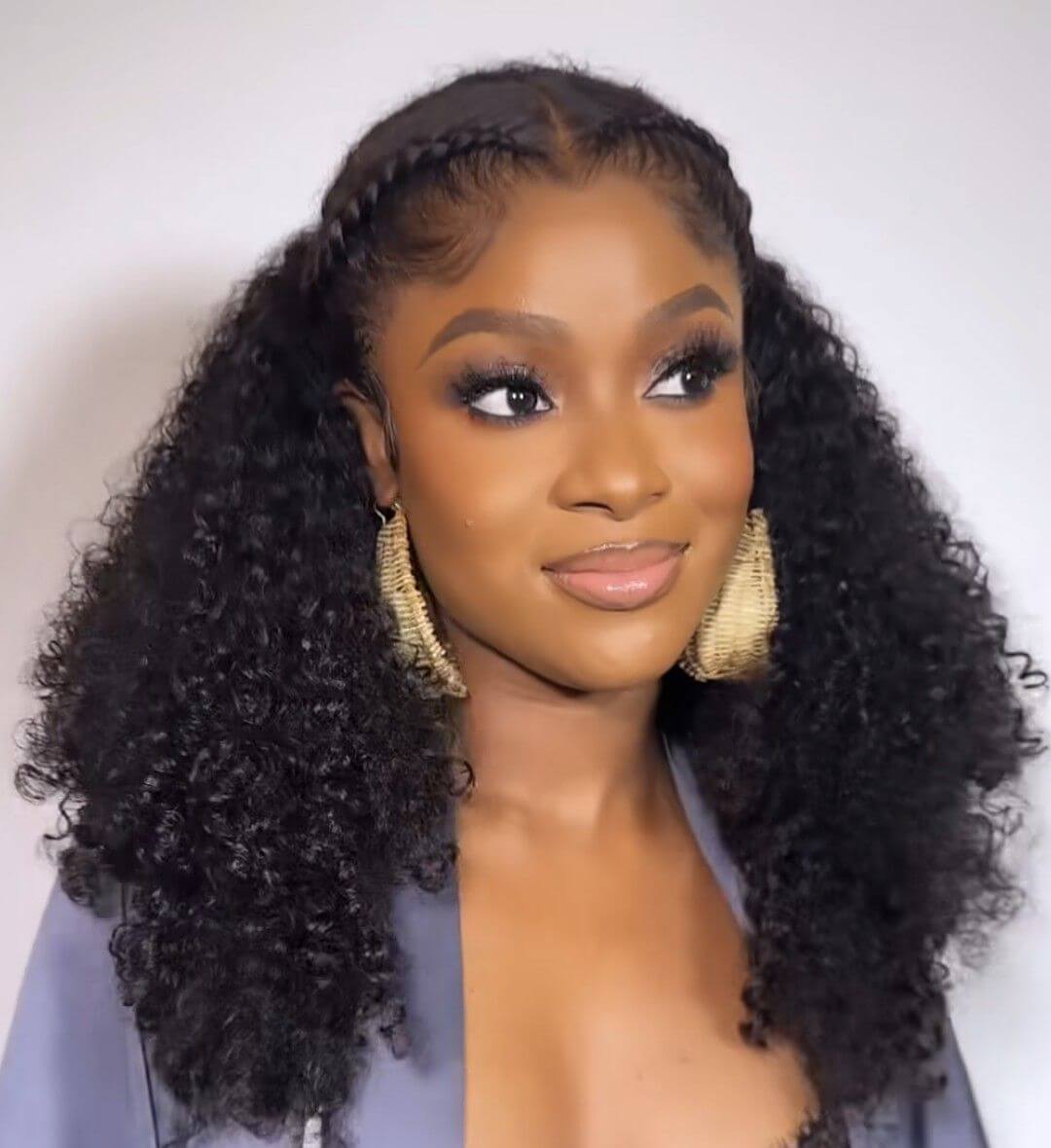 Recommendation
Recommendation
African American hair trends are more than just a part of fashion—they reflect cultural identity and a history of social resistance. The journey from being forced to straighten hair under oppression to proudly wearing natural curls today mirrors the African American community’s growing self-awareness and social expression. These trends aren’t simply about style; they carry deep cultural meaning and encourage individuals to use their hair as a form of self-expression, to honor diversity, and to embrace authentic beauty.
If you're interested in exploring this further, starting with a wig can be a great option. ALIPEARL is a dedicated wig brand to check out for inspiration.
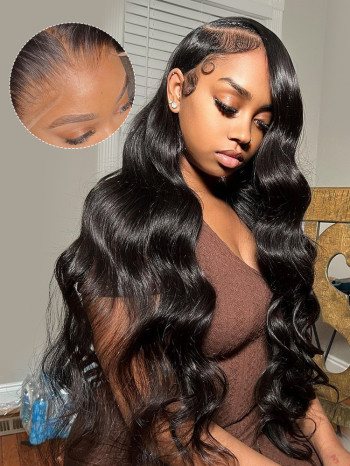

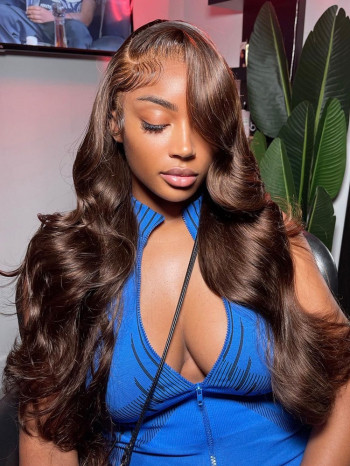
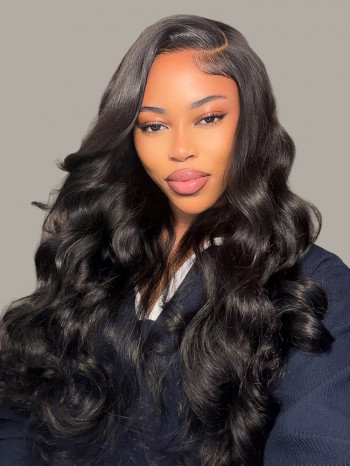
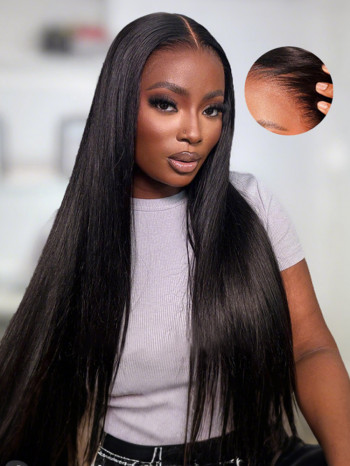
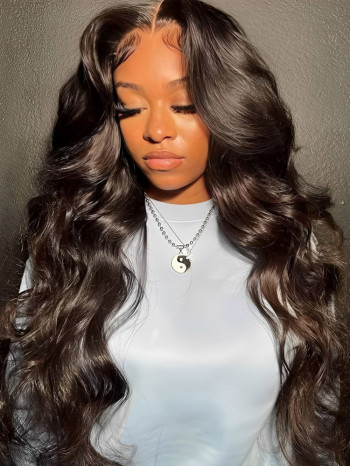
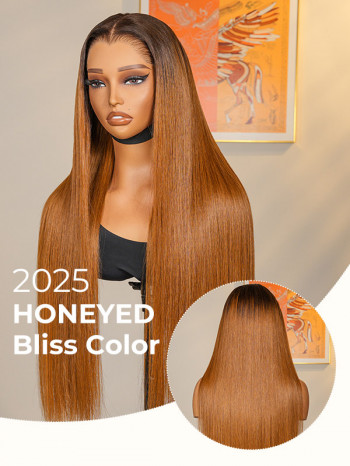
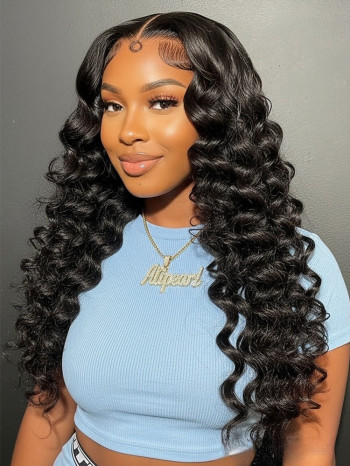





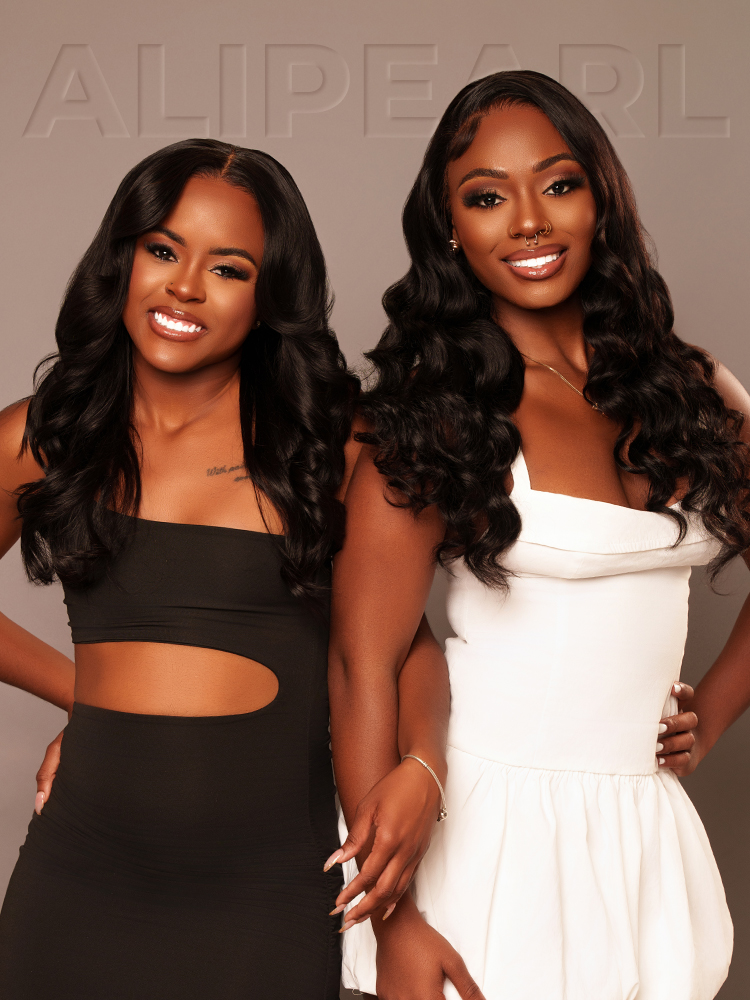
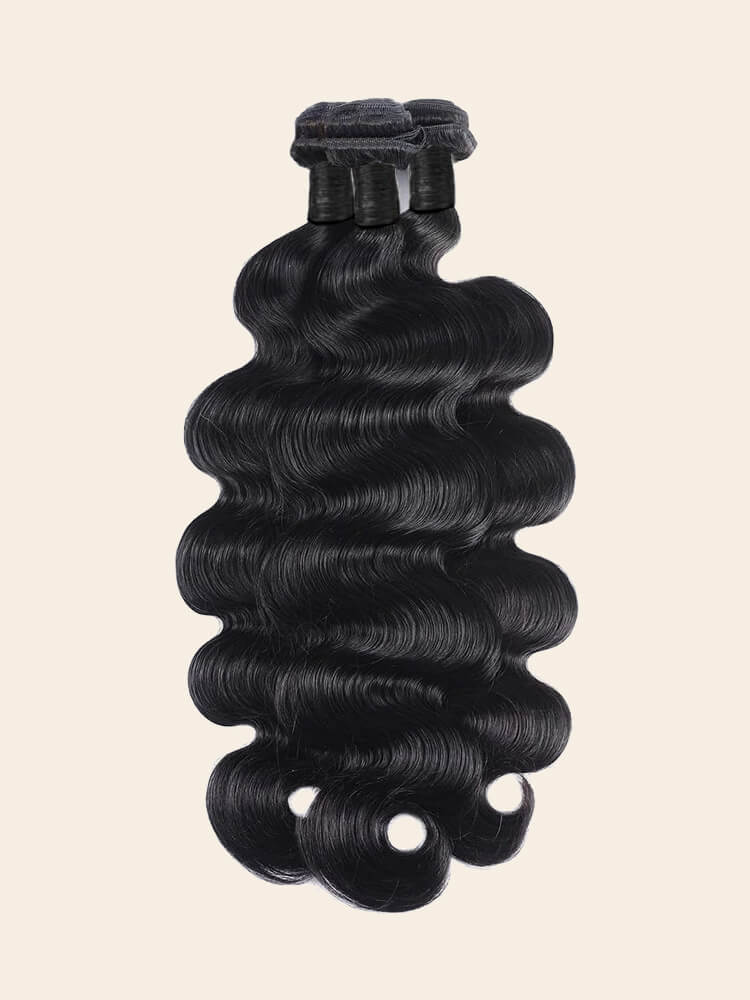 Body Wave Bundles
Body Wave Bundles 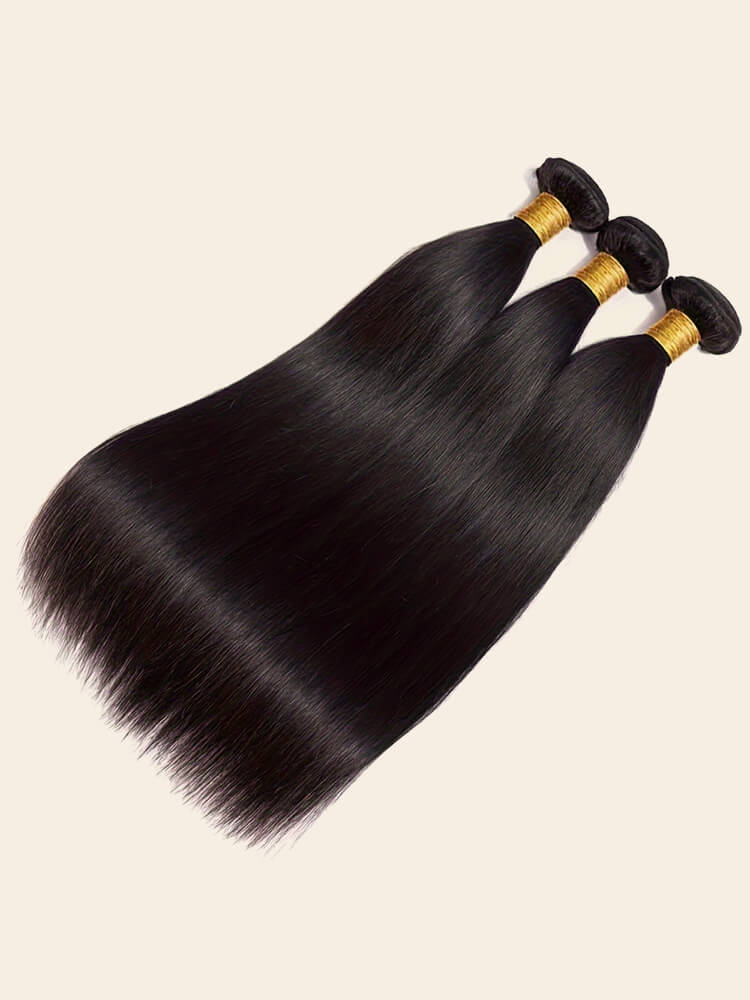 Straight Bundles
Straight Bundles  Curly Bundles
Curly Bundles 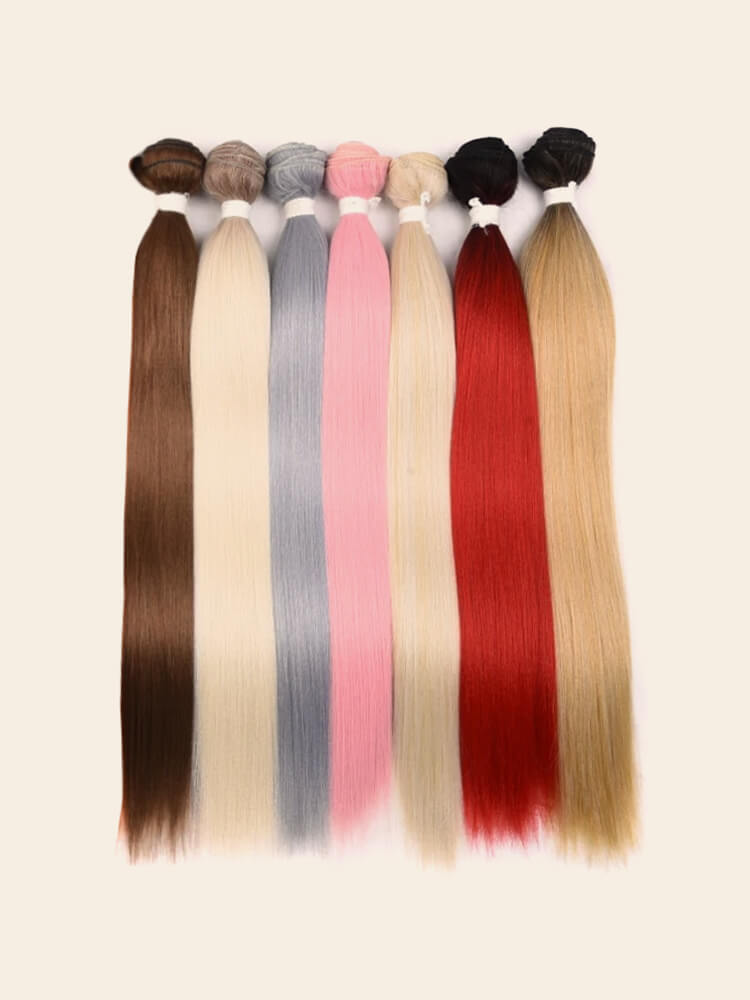 Colorful Bundles
Colorful Bundles  12A Mink Hair
12A Mink Hair 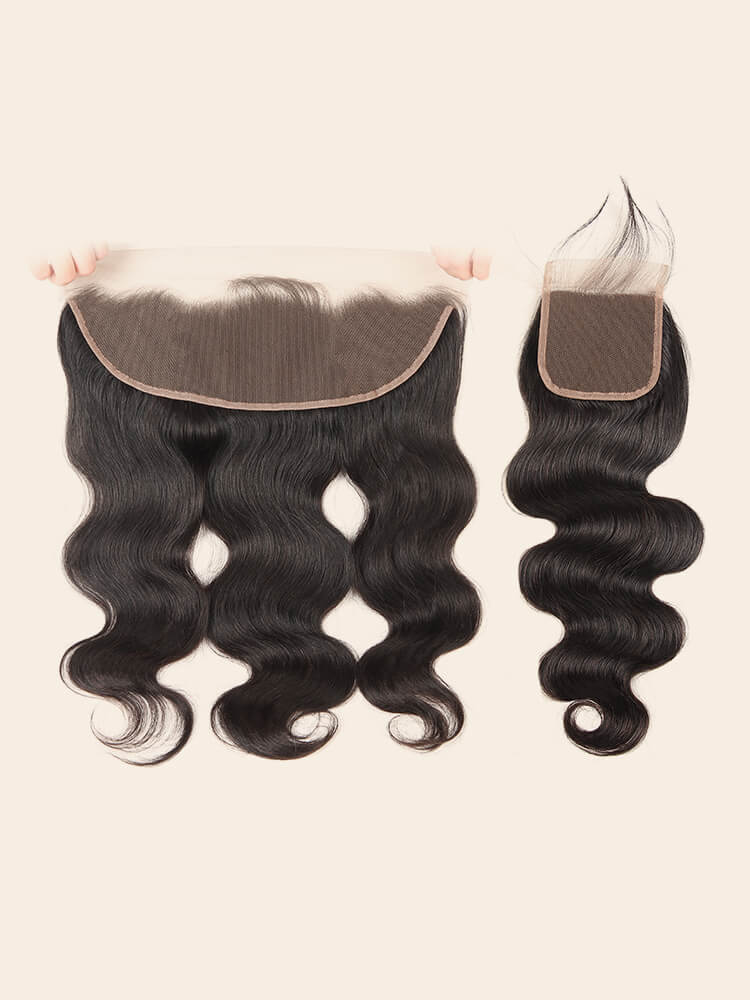 Closures / Frontals
Closures / Frontals 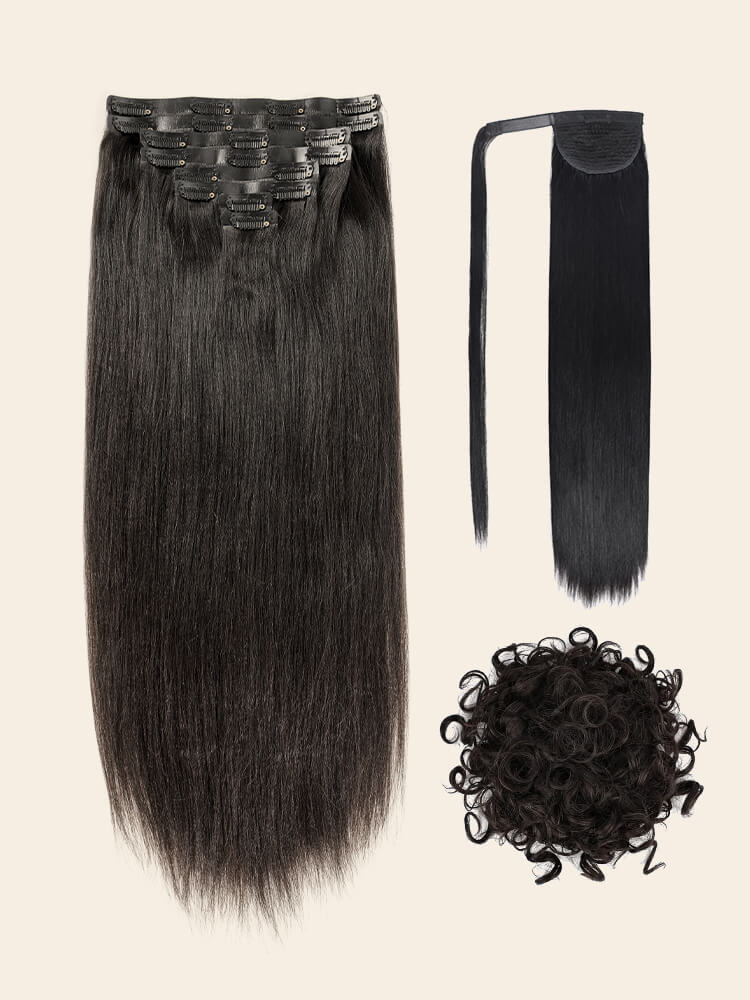 Hair Extension
Hair Extension 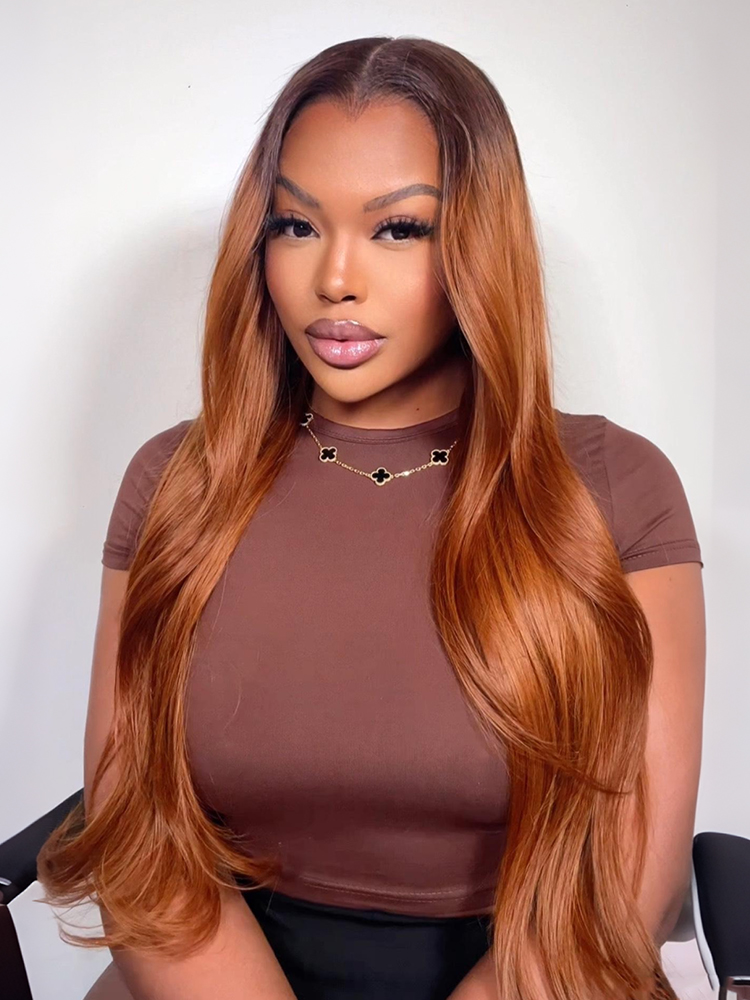
 Limited Deals
Limited Deals Ship In 24H
Ship In 24H Clearance Sale
Clearance Sale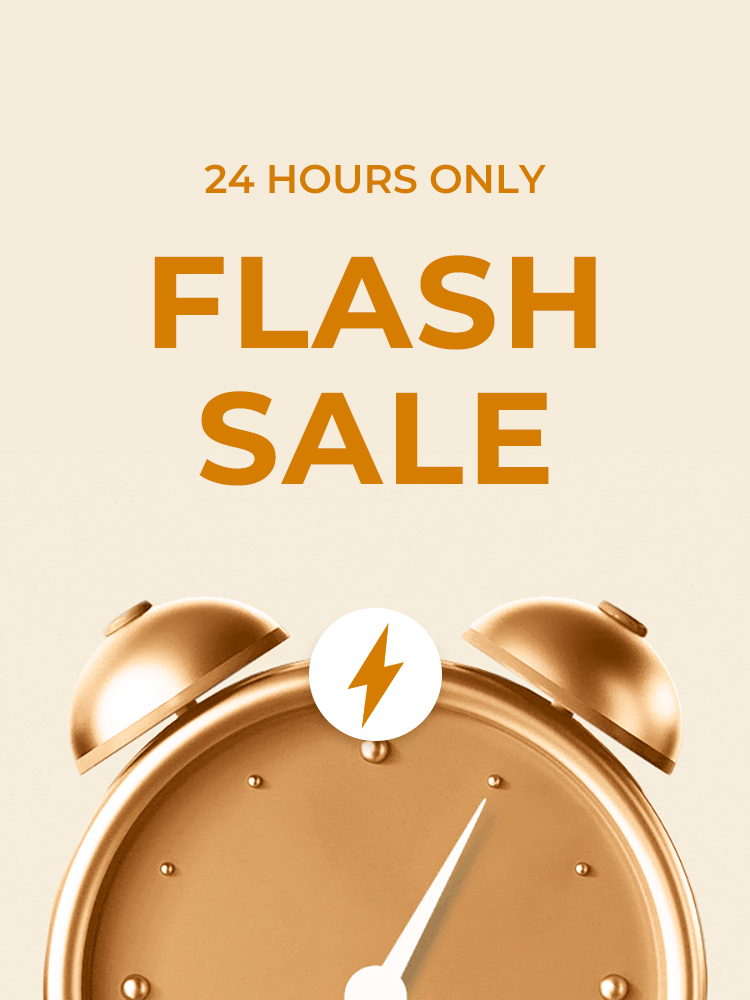 Flash Sale
Flash Sale Wig Sets & Deals
Wig Sets & Deals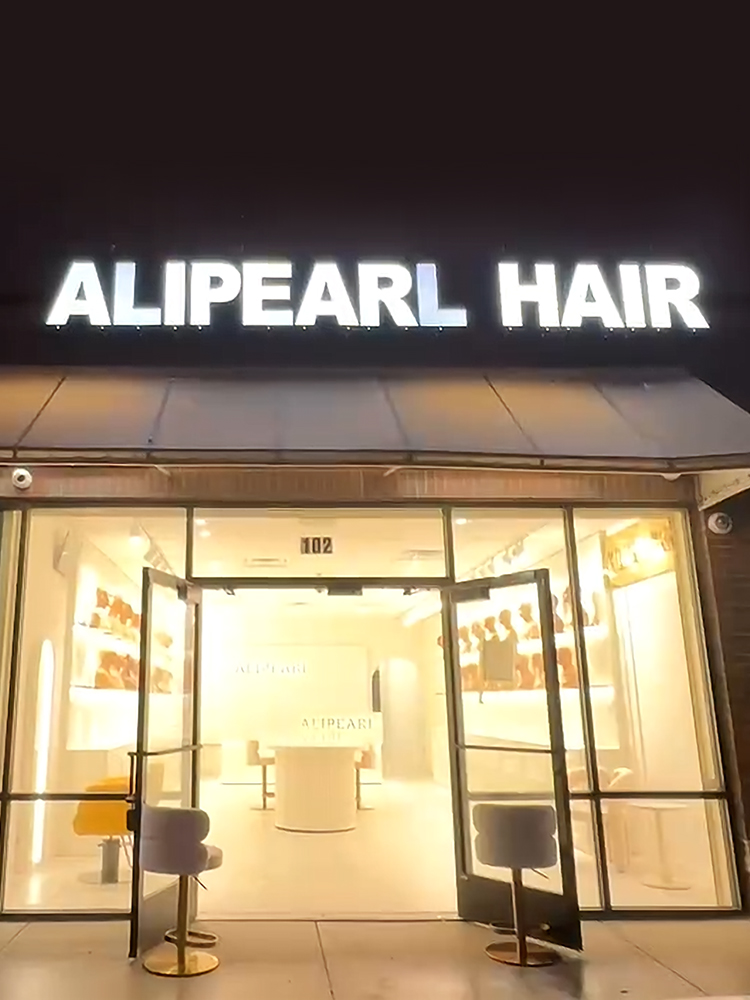 In-Person Stores
In-Person Stores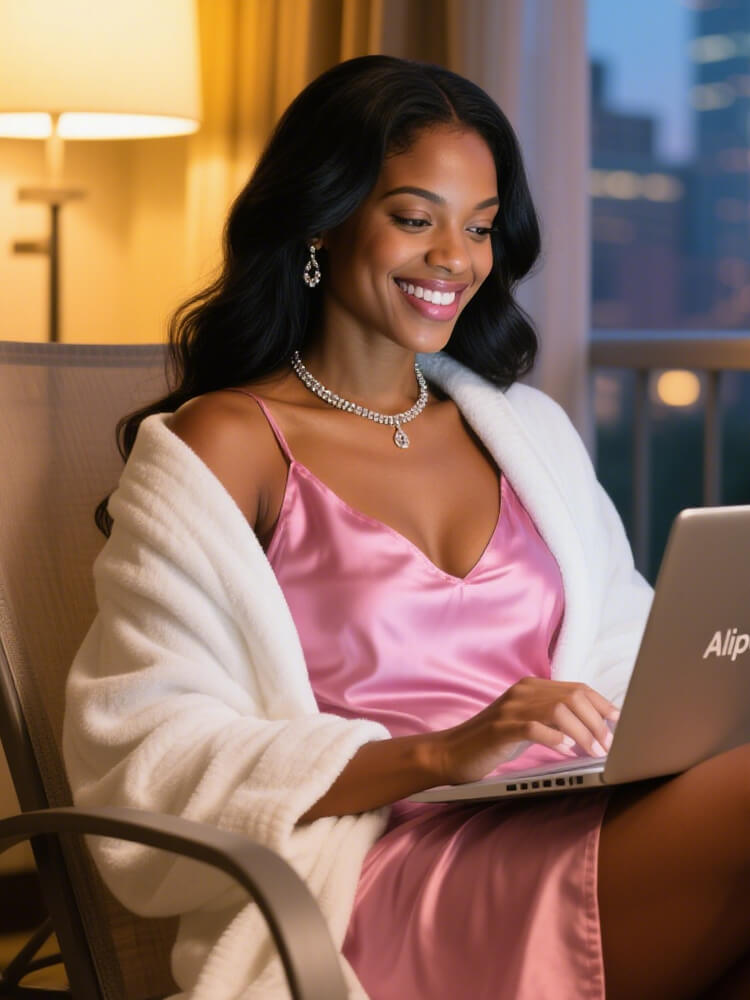 Blogs
Blogs Invite & Save
Invite & Save


